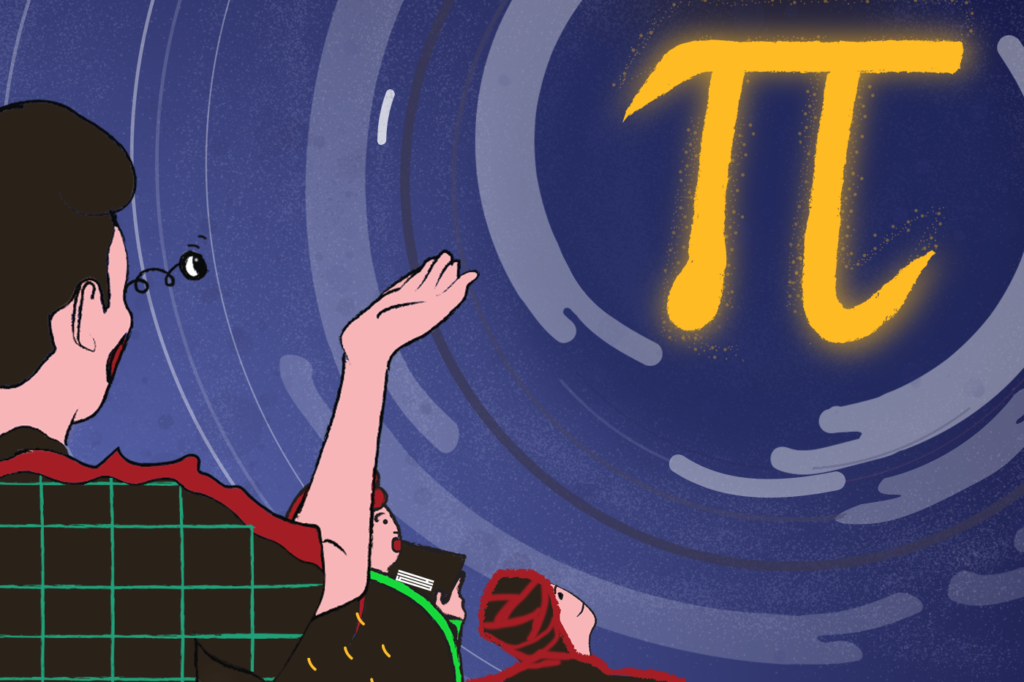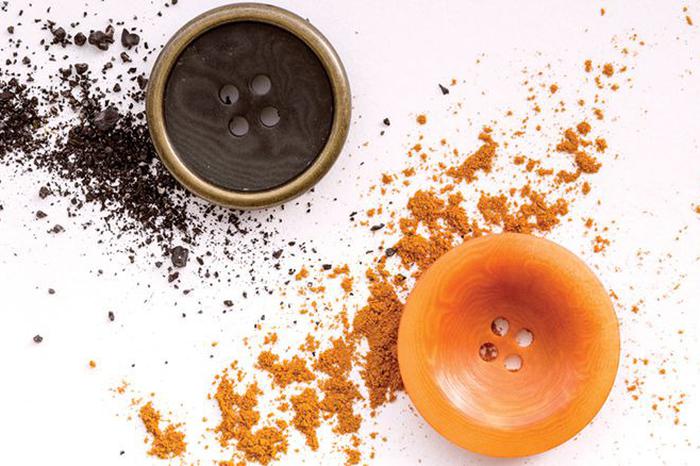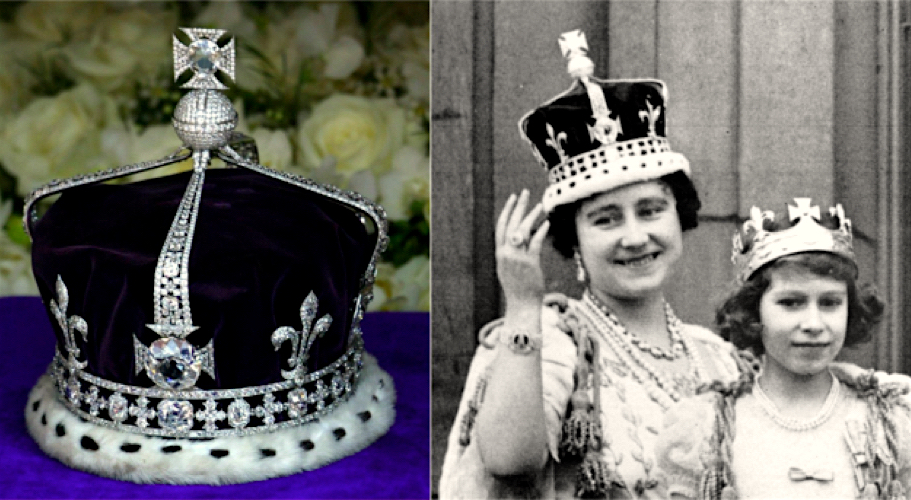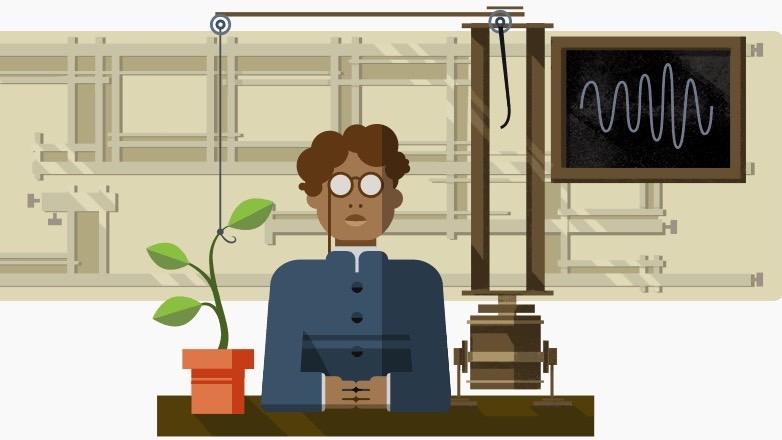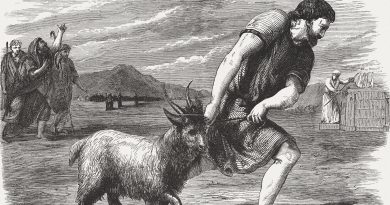Indian Inventions that Contributed to the World
You would be surprised if we were to tell you that back in high school, we were taught only a very small part of Indian history. India, one of the oldest and richest civilizations in the world has a history and a list of accolades to its name that could not be contained in any books and is certainly so much more than dynasties and the royals. From Medicine to Fashion, the nation has contributed to furthering many fields that have made life easier, globally. While there is a long and winding list of inventions that India has contributed to the world, the following are some of the Indian inventions that give us the right to give our collective selves a pat on the back.
Also, read 9 Places to Go Street Shopping in India
Don’t we all miss playing Ludo, Snake, and Ladder?
At the start of the lockdown phase, many of us played these two games. Gathered childhood memories and made the time pass. Did you know? Two of the most popular board games in the world are Indian inventions during the Mughal era.
Ludo is the modern-day rendition of Pachisi, a game whose history can be traced back to the 16th century and was a favorite of Mughal emperors, especially Akbar.
A more serious and philosophical game called Gyan Chaupar was the inspiration behind Snakes and Ladders. Originally, this game was more than just a quest to get to the top, but rather a spiritual quest for liberation from variances of Karma.
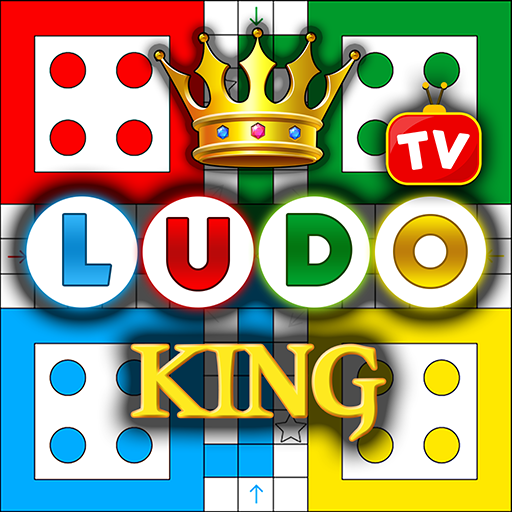
While the history of these games goes way back, they still continue to be one of the most loved board games to this day. The Coronavirus-induced lockdown has only solidified this fact. Even with Mini Militia and PUBG as competitions for them, the mobile versions of these games continue to be popular.
An effective toilet system: Vital Indian Inventions
There is no invention more vital than the modern sewage system. In Mohenjodaro (now in Sindh, Pakistan), back in c. 2800 BCE, sewage systems built into the outer walls of homes were a common fixture.
Featuring a sophisticated sewage system that could clear out the waste, the Indus Valley city of Lothal also had water-based cleansing systems in 2350 BCE, while the rest of the world was still using a system that was much more primitive.
This system was one of the major bases for the development of the toilets that makes our daily lives much easier.
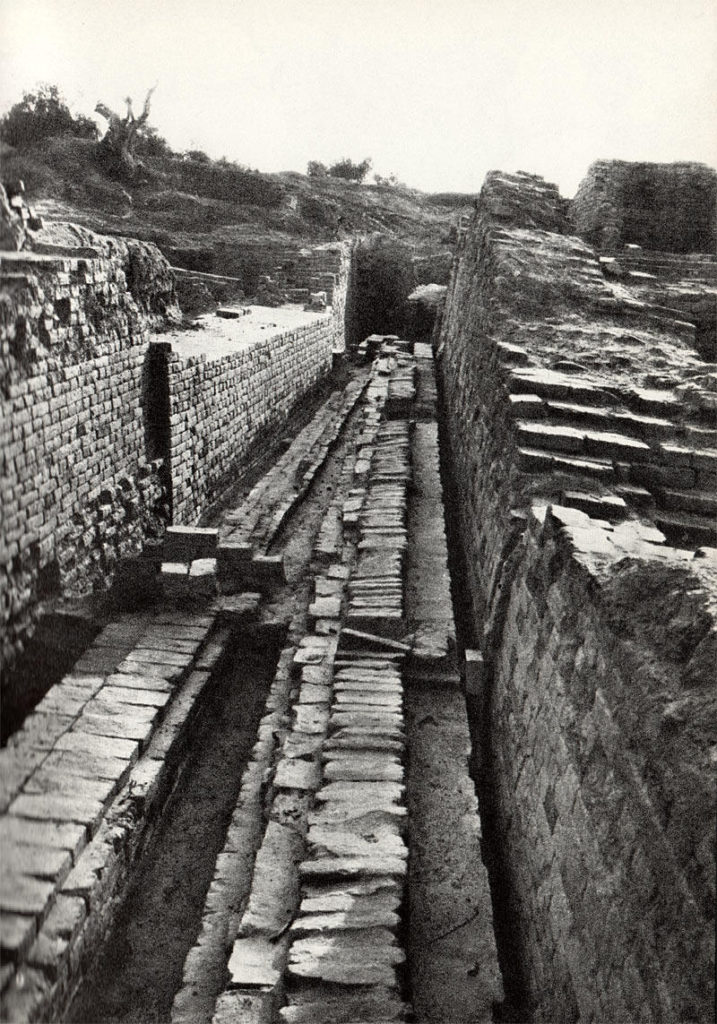
In addition to inventing an effective toilet system. Did you know that the Indian toilet etiquette is helping to save the world?
Indian Textile Fashion: Cotton
An integral part of Indian History, cotton agriculture, and processing has shaped India. Its history can be traced back to the 4th millennium BCE. Cotton fabrics were discovered during the excavation of a Mohenjodaro site.
The presence of Cotton fabric in India was mentioned across many texts. From Hindu Hymns in 1500 BCE to the writings of Greek historian Herodotus in the 5th century BCE, cotton was mentioned as a miracle fabric. This production spread to Arabian countries and the rest of the world. But the vivid prints of Indian cotton fabrics, still continue to be world-famous.
Also, Read The World of Indian Textiles

Life of ‘Pi’: The Unique Indian Formula
While the Babylonians and Egyptians were first to approximate the value of Pi, Indian mathematicians calculated its further decimal points. Even though our ancestors did not call it ‘Pi’, they were amongst the first ones to observe the fact that the perimeter of a circle increases in proportion to its diameter. Aryabhatta, in 476AD, approximated the value of Pi accurately to four decimal places.
Many years later, another great mathematician of the Aryabhatta School of mathematics, named Madhava (1340 AD). Madhava gave the value of Π to be 2827,4333,8823,3 / 9*1011. This approximation yields the correct value of Π to 11 decimal places. This value of Π is still in use in modern mathematics. Madhava also knew the Madhava series of Π/4, which was rediscovered in Europe by Leibniz in 1673.
The fascination behind Pi has lasted longer than any civilization. Such is the power of curiosity and knowledge.


